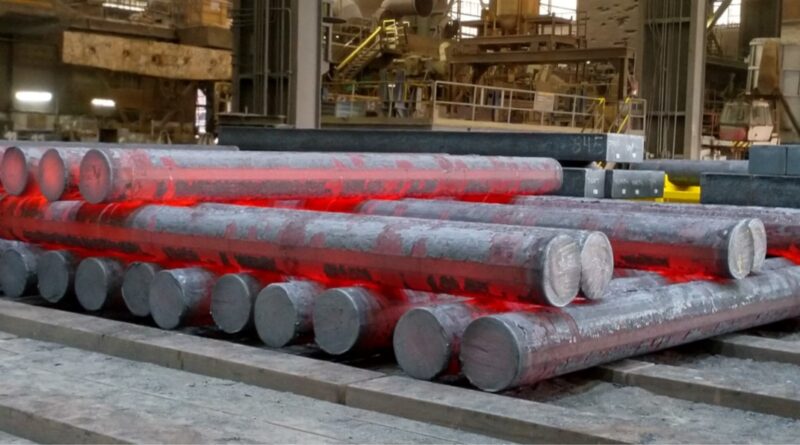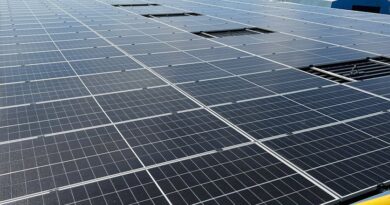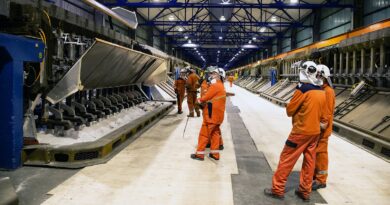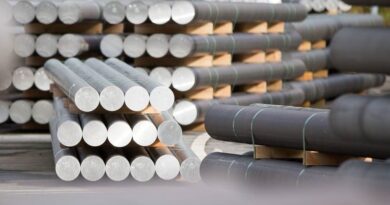10 reasons why aluminium is metal of choice
Material manufacturers should continuously strive for transparency regarding the carbon footprint of their products and how it is measured. This is a key step towards reaching sustainability goals.
A kilogram of aluminium can be produced with lower CO2 emissions than a kilogram of eggs or a pair of jeans. But don’t stop eating eggs or to stop wearing your favourite jeans. Rather, we want to put carbon footprint of aluminium into a different perspective to show that it matters where and how aluminium is produced.
Of course, this is not a fair comparison since a kilogram of aluminium is not a product that can be used as such, meaning that there will be some additional carbon emissions in manufacturing and transport of the aluminium into a final product. However, our intension is to highlight the possibility of dramatically reducing the carbon impact of products by choosing materials wisely, and low carbon aluminium can be part of the solution. Furthermore, there is no question that sustainability should be top-of-mind for material users and producers, but it is also important that the material you choose have other benefits that meets your materialistic expectations.
DISCOVER 10 ESSENTIAL FACTS ABOUT ALUMINIUM
Number 1: Aluminium is everywhere
Its superior properties in strength, light weight and applicability make aluminium an excellent material for hundreds of everyday products. As the third-most abundant element in the earth’s crust after oxygen and silicon, aluminium is a resource that will last for generations with today’s consumption, and which can be found in everything around us. The cars we drive, the technology we use, the buildings in our cities, only to mention a few.
Number 2: Aluminium is one of the lightest metals
The light weight of aluminium makes it easy-to-handle, which is a benefit to those working in factories and building sites. Because of the material’s light weight, energy consumption during transportation and use of the product is drastically reduced making the material not just a versatile choice, but an economically viable one.
Number 3: Aluminium can be easily formed into other shapes
Its ability to be shaped, bent and punched provide endless opportunities for architects, designers, and engineers to create exactly what they envision. Aluminium is alloyed to enhance the metal’s properties for specific engineering structures and components where light weight or corrosion resistance is important.
Number 4: Aluminium is stronger than you would think
Surely, a material that is light and malleable cannot be strong, right? Actually, aluminium can be almost, if not just as strong as steel, depending on the alloy, processing technique and product design. Because aluminium is approximately one-third the weight of steel, components may be made thicker and stronger while still reducing weight compared to other materials. Hydro offers aluminium solutions that can cope with aggressive environments and heavy structural loads.
Number 5: Aluminium has high conductivity
Its ability to function as an excellent conductor of heat and electricity opens a world of opportunities for aluminium in several industries, such as the electric vehicle industry, as well as on and offshore. Aluminium is ideal for high-voltage applications since it does not have the ability to collect a magnetic charge. It is also ideal for producing computer bits and components that require the usage of magnetic fields. Furthermore, lightweight and cost-efficient battery cables made with aluminium are great examples of how well the material works as a conductor.
Number 6: Aluminium has high corrosion resistance
Extremely durable in neutral and slightly acidic environments, aluminium copes well when exposed to many aggressive chemicals and performs much better than other metals when exposed to formic acid or ammonia (as a refrigerant). For instance, The Ocean Cleanup uses aluminium profiles from Hydro in their Interceptor, and due to the excellent corrosion resistance of aluminium, it proved to be the perfect material for an Interceptor operating in rivers around the world.
Number 7: Aluminium can have different appearances
The majority associate aluminium with the simplistic, silvery appearance, and might not be aware that the material can be treated to have considerably different looks. Surface treatment includes a variety of techniques than can regulate and enhance the finish of aluminium, providing several benefits for those who want to use aluminium in their projects but want to modify the looks. For instance, painting gives the user an unlimited selection of colors, whereas anodizing creates a dirt-repellent surface and improves corrosion resistance.
Number 8: Aluminium offers excellent energy absorption
As mentioned, aluminium is one-third as dense as steel, which means you can have three times the thickness before you have the same weight as steel. Consequently, aluminium is an excellent material for crash management system design in cars and can offer high levels of energy absorption in, for instance, an accident. Aluminium’s ability to absorb energy is also ideal for other safety purposes, such as fire and blast resistance, bullet-proofing and burglary-resistant systems.
Number 9: Aluminium is infinitely recyclable without loss of quality
Recycling aluminium saves approximately 100 million tonnes of CO2e each year, as it only requires 5% of the energy required to manufacture aluminium from raw materials. Aluminium is the perfect material for the circular economy due to its high durability and limitless application possibilities. To better understand the rapidity of recycling, take aluminium cans in Europe as an example, where 70% of all aluminium cans are recycled, and the used cans become new cans in less than 60 days. Understanding the importance of recycling, Hydro offers a brand of recycled aluminium made with a minimum of 75% recycled, post-consumer aluminium scrap. Hydro CIRCAL builds on the foundation that aluminium is infinitely recyclable, and by drastically reducing energy use in the production phase, Hydro proactively contributes to reducing climate change.
Number 10: Aluminium can be produced with a low CO2 footprint
The production of aluminium is energy intensive, but if the energy stems from renewable sources, the picture changes. Depending on the energy source, aluminium’s footprint can vary tenfold. By using renewable energy from wind, solar, and water, Hydro produces Hydro REDUXA low-carbon aluminium with a carbon footprint less than a quarter of the global average – less than 4 kg CO2 per kilo aluminium. More than 70% of Hydro’s aluminium production is based on renewable energy sources.




